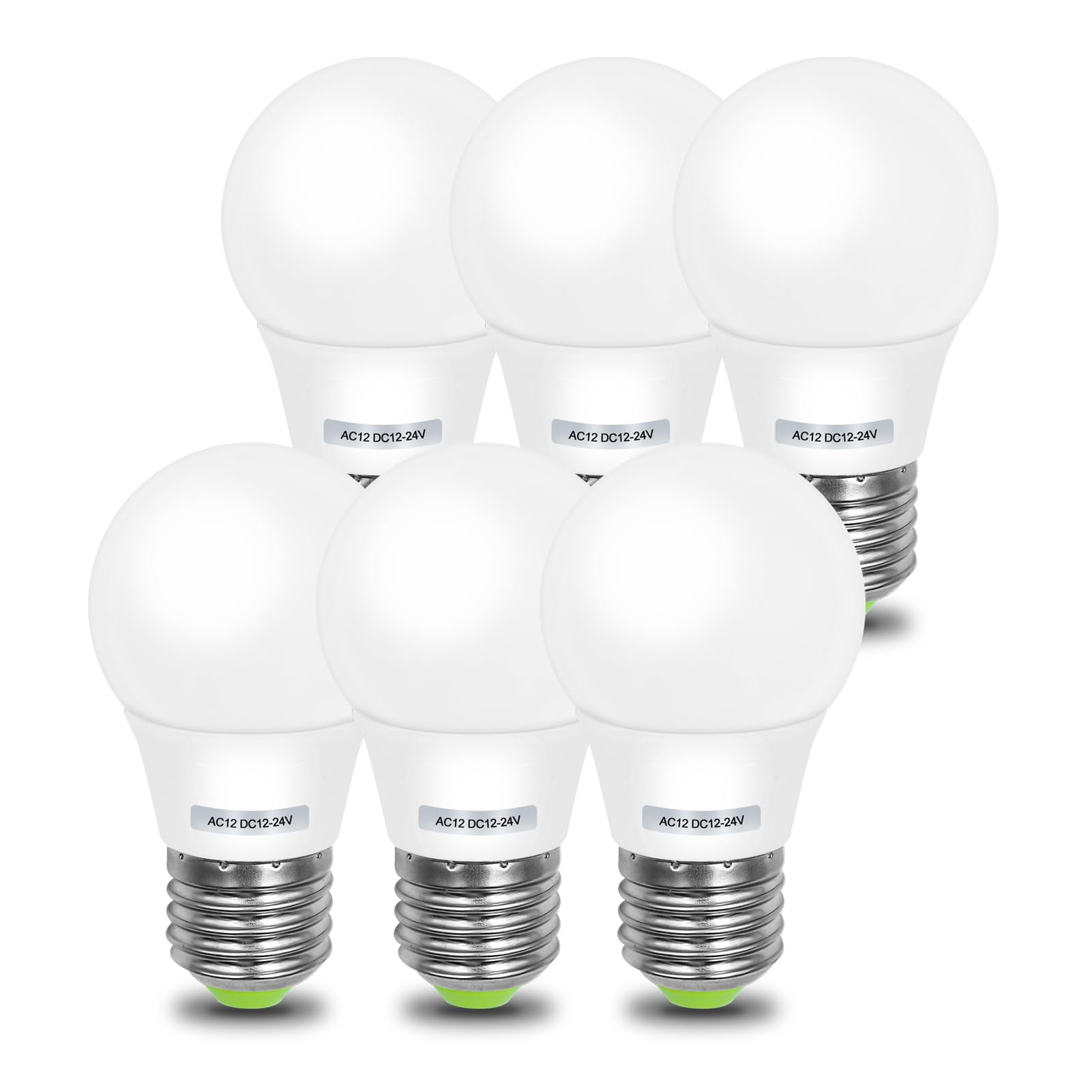Stage Lighting - Midterm
1/109
There's no tags or description
Looks like no tags are added yet.
Name | Mastery | Learn | Test | Matching | Spaced |
|---|
No study sessions yet.
110 Terms
Frequency
A method of measuring waves based on the number of oscillations per unit time.
Wavelength
A manner of measuring and describing waves that correlates to the distance between the points in which a wave undergoes a complete cycle (often measured peak to peak).
Luminaries
The lighting fixture. A luminaire contains a light source, reflector, housing, and many times a lens(es). Other names include lighting unit, fixture, instrument, lamp.
Intensity, Distribution, Color, Movement
Attributes of Light
Intensity
A quality associated with the brightness of light.
Distribution
Most lighting designers relate this to two specific properties: angle or direction and quality.
Color
A perception based on how specific wavelengths of light stimulate the photo sensors in our eyes. Light will have an associated color based on the specific collection of wavelengths being present in its makeup.
Movement
It suggests changes in the lighting by: seeing the actual light source move on stage (carrying a flashlight), seeing the light but not the actual source move (the effect of a followspot), and seeing changes in the lighting over time (running cues).
Lumen
A measurement of light that refers to the luminous flux of a light source.
Inverse Square Law
A law that states that the illuminance of a light source is inversely proportional to the square of the distance from the source.
E=I/D²
Inverse Square Law (Equation)
Angle
The direction from which light comes from and strikes an object. Various responses in mood and other overall lighting qualities are associated with the directionality of light.
Backlight
An angle that comes from behind the subject and helps to separate and push the subject forward, away from the background. It can produce a rim/halo effect.
Downlight
A distribution angle that comes from directly above a subject and tends to produce distorted or heightened shadows that can have the effect of shortening or squashing the subject.
Frontlight
A lighting angle that comes from in front of a subject and helps provide visibility and visual clarity. At the same time, it can flatten and reduce the effect or appearance of three-dimensional textures and forms.
Sidelight
A lighting distribution angle that comes from the side and helps to model and give three-dimensional form to a subject.
Quality
This is in comparison to quantity. A lighting philosophy where architectural designers strive to create this rather than simply quantity-driven lighting designs. While intensity is still factored into lighting a particular situation, there are now other elements like color, angle, and glare that are also factored into the overall design.
Gobo
A metal or glass pattern that is inserted into the optical path of a luminaire to create a texture or designed image in light.
Moment/Look/Stae/Cue
A static lighting image that creates a given combination of lights and their angles, intensities, and overall mixing. Refers to establishing them and recording them to that they can be duplicated from performance to performance.
Visibility
The principle of using light to reveal or illuminate objects. It’s the primary function of lighting.
Mood
Refers to creating a specific emotional response. Architectural spaces also project these, much of which can be directly attributed to their lighting.
Establish a Scene
A function of lighting in which light is used to communicate specific information about the environment that is being created.
Highlights
Flashes of reflected light that represent areas that are directly illuminated by a light source.
Shadows
Represented by either the area of an object that is not lit or the pattern of darkness that is cast by an illuminated object.
Modeling
A function of lighting that uses light for enhancing the three-dimensional qualities or form of an object.
Focus
Refers to drawing attention to various elements of an environment.
Special
A luminaire that is used for a specific need or function.
Composition
A function of lighting that relates to combining all of the elements of a scene, stage, or environment together into a complete unified visual package.
Front Diagonal
A distribution angle that places a light approximately midway between a front light and a sidelight angle. It offers the best of both angles in regard to revelation of a subject.
Silhouette Lighting
Lighting the background behind an object rather than the object itself.
Grazing
Light played across the surface of an object at an extreme angle. This angle is used to enhance the texture of a surface.
Spill
Stray or unwanted light. Due to scattered reflections or the continuation of light beyond a target onto objects that a designer does not want to light.
Key Light
The light that is the primary source responsible for lighting a scene. It is associated with the source of the lighting and produces the strongest highlights and shadows.
Fill Light
Light that is the result of diffusion or scattered reflections; in many cases, this is ambient light. In entertainment and film or video lighting, fill light is an additional source that adds light to the areas of an object that would be associated with shadows or achieves a base level of illumination that the cameras can record. In architectural and landscape lighting, it is a low-level light that provides an overall ambience to an area while tying all other sources together.
Chase Light
A programmed effect that produces a rapid sequence of cues/steps that are each associated with a given set of luminaires.
Timing/Count
The timing of a cue, usually based in seconds.
Transition
Refers to the process and visual changes that occur while advancing from one cue to another.
Crossfade
To evenly shift from one lighting cue or scene to another.
Splitfade
A cue in which the lights coming up in a cue will do so at one speed while the lights coming down or out will do so at another speed.
Red, Blue, Green
Primary Colors of light.
Yellow, Magenta, Cyan
Secondary Colors of light.
Filtering
Placing a material in front of a light source that selectively removes frequencies or wavelengths of light.
Additive Color Mixing
When different wavelengths or colors of light are combined to produce another color. The process requires different colored light sources illuminating or falling on the same surface.
Subtractive Color Mixing
A method of color mixing that occurs when various wavelengths of light are removed. All materials selectively absorb (or reflect) different wavelengths, which defines an object’s natural color.
Color Media
Materials that either filter or modify the light produced by a source or fixture. Gel and color filters are popular names for these.
Gel
A color filter originally made from animal gelatin that was tinted to produce different colors. As fixtures improved, they could no longer stand up to the temperatures of the newer light sources and have been replaced by plastic filters.
Burnout
The breakdown of a gel or filter from continued exposure to light and heat. The gel eventually tades in the center and may even melt completely through. Also used to identify a failed lamp.
Cyclorama (Cyc)
A large, flat, scenic surface used as a neutral background for stages and television studios. The wrapped or curved surfaces curves around upstage corners of a stage or studio and extends back downstage at its sides.
Diffusion Media (Frost)
Media similar to gel that is used to alter the quality of the light (to soften, as a rule). Film and video designers tend to use more diffusion due to the closer proximity that the luminaires have with the subject.
CMY Color Mixing
A technology found in many luminaires that allows a designer to manipulate three dichroic filters (cyan, yellow, and magenta) to mix light of virtually any desired color.
RGB Color Mixing
A digital signal format used on screens, monitors, and projectors. This is a composite signal that combines separate inputs of each of the primary colors for video or digital images.
Red Shift/Amber Drift
The effect of a light changing color as the intensity of a lamp is dimmed (becoming more red/amber).
McCandless Method
Divides the stage into areas that are around eight feet in diameter, with each area being lit by two luminaires containing complementary tints hung at 45 degrees both above and to each side of an area.
Warm Colors
Light that has an abundance of red, yellow, and orange wavelengths. They produce responses of tension or action and appear to advance towards us.
Cool Colors
Light that has an abundance of blue, green, and lavendar wavelengths and tends to produce psychological responses of calm, contentment, or melancholy.
Afterimages
The illusion that appears following the removal of a disproportionally high color saturation or high-intensity light source or other image/stimulus that remains unchanged for an extended period of time.
Master Electrician
The technician who plays the most important supervisory role for the lighting installation. They are charged with making sure that the lighting and other electrical equipment is installed and operated in an efficient safe manner.
Electrical Potential
A difference in energy levels at two different points. It comes through the addition or gathering of electrons at one of the points and represents a potential for electrical flow.
Conductor
Materials that allow electron movement easily and have little resistance to electrical flow. Metals are usually the best.
Insulator
A material with high electrical resistance that forms a barrier to electrical flow.
Ground
A point that represents the lowest potential for an electrical charge (earth or absolute ground) and toward which all electricity strives to flow. In electrical services, the ground is a safety path or wire that leads from a device to an earth ground and becomes the emergency path for any unwanted electrical flow. Typically a green wire.
Voltage (E)
A measurement of the electrical potential difference that exists between two points and is measured through a unit known as a volt. We may also refer to this as electromotive force (EMF).
Amperage (A)
The measurement of electrical flow that relates to the rate of electrons flowing throuhg a point at any given time. Its unit of measure is an ampere.
Resistance (R)
An electrical property that relates to a material or object creating a barrier to electrical flow.
Power (P)
The rate of doing work. In the case of lighting, it is usually expressed in wattage, which refers to how much power it takes over time to produce a given amount of light.
W=VA
Power Formula
A=V/R
Ohm’s Law
Wire
A component for conducting electricity that contains a metal conductor covered by insulation that shields it from other conductors. Contains only one conductor.
Cable (Jumper)
Technically refers to combining several insulated wires into a single shield or jacket. It is also used to describe a two/three conductor cable with a male conductor on one end and a female conductor on the other.
Gauge
A measurement of the thickness or diameter of a wire. The larger the gauge (number), the smaller the diameter of the wire and the less current or load that it can safely carry.
Male Connector
A connector with one or more pins/blades for making quick connections between electrical devices and cables. These tap into the source of power.
Female connectors
A connector with one or more receptacles for making quick connections between electrical devices and cables. Provides the source of power.
Series Circuit
A circuit in which the leads of each device are sequentially connected together in a daisy-chain with the first and last devices being connected to the power supply.
Parallel Circuit
A circuit that differs from a series circuit in that each device is wired directly to the power source. This results in components like lamps having access to the full amount of power despite any other lamps that might be wired into the circuit. any breaks in the circuit will only have an effect on those units that are directly wired to that part of a circuit.
Hot Wire
Wire that leads to the power source for the circuit. Typically a red or black color.
Neutral Wire
The wire that provides the return path for electricity in a circuit. Typically white.
Short Circuit
Creating an accidental flow of electricity. When two hots come into direct contact with one another, or a hot wire makes accidental contact with the neutral or ground which commonly results in shocks, sparks or even fires.
Switch
A device used to control the flow of power in a circuit. Open switches prevent the flow of electricity, while closed switches allow the current to flow.
Fuse
An electrical device that is designed as the weakest link in a circuit and meant to trip or “blow” if the circuit should become overloaded. Unlike a circuit breaker, most of these cannot be reset.
Circuit Breaker
Electrical device that is designed as the weakest link in a circuit and meant to trip or “blow” if the circuit encounters a short or is overloaded. These can be reset once it has blown.
Dimmer
A control device that adjusts the intensity of the lights. In most cases, a dimmer varies the voltage to control the brightness of the lights.
Color Temperature
A comparison of the sum of all the individual wavvelengths of a light source with the color emitted from a black box radiation for a given temperature. Every color of radiant energy can be equipped to reference temperature on the Kelvin scale.
Lumen Output
The amount of light that is delivered by a lamp or luminaire.
Filament
The part of an incandescent lamp that contains the highly resistant material that is heated to produce the actual light source.
Lamp
A device that produces artificial light.
Bulb
The glass envelope of a lamp that creates the appropriate atmosphere for the lamp.
Arbitrary Bulb
What configuration is this?
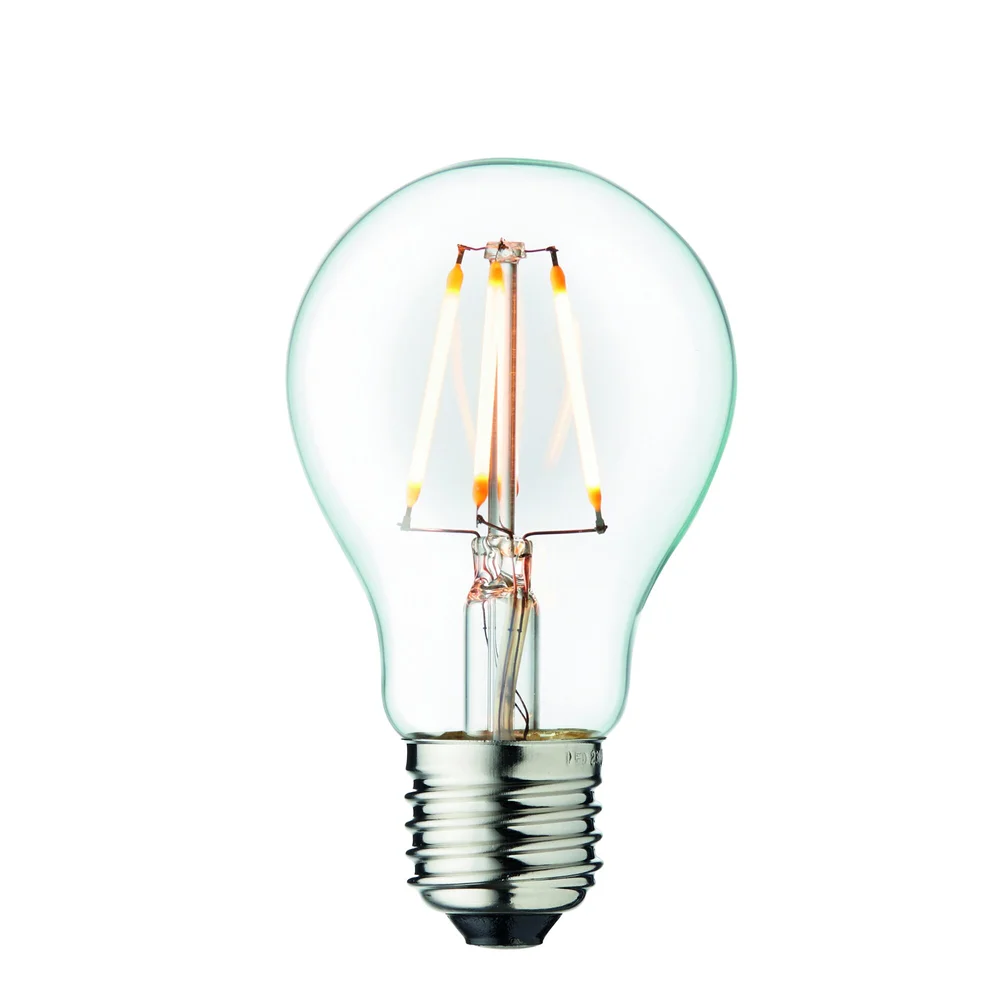
Pear Shaped Bulb
What configuration is this?
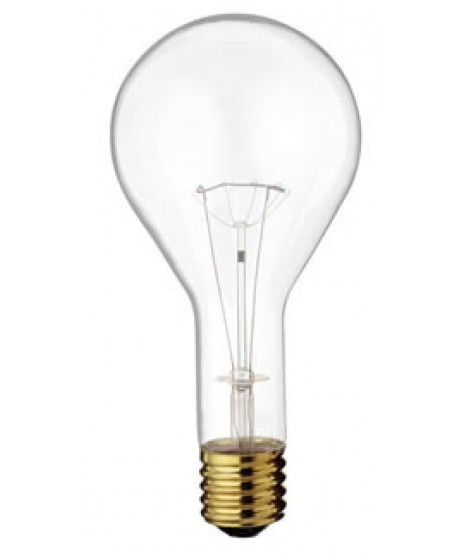
Tubular Bulb
What configuration is this?
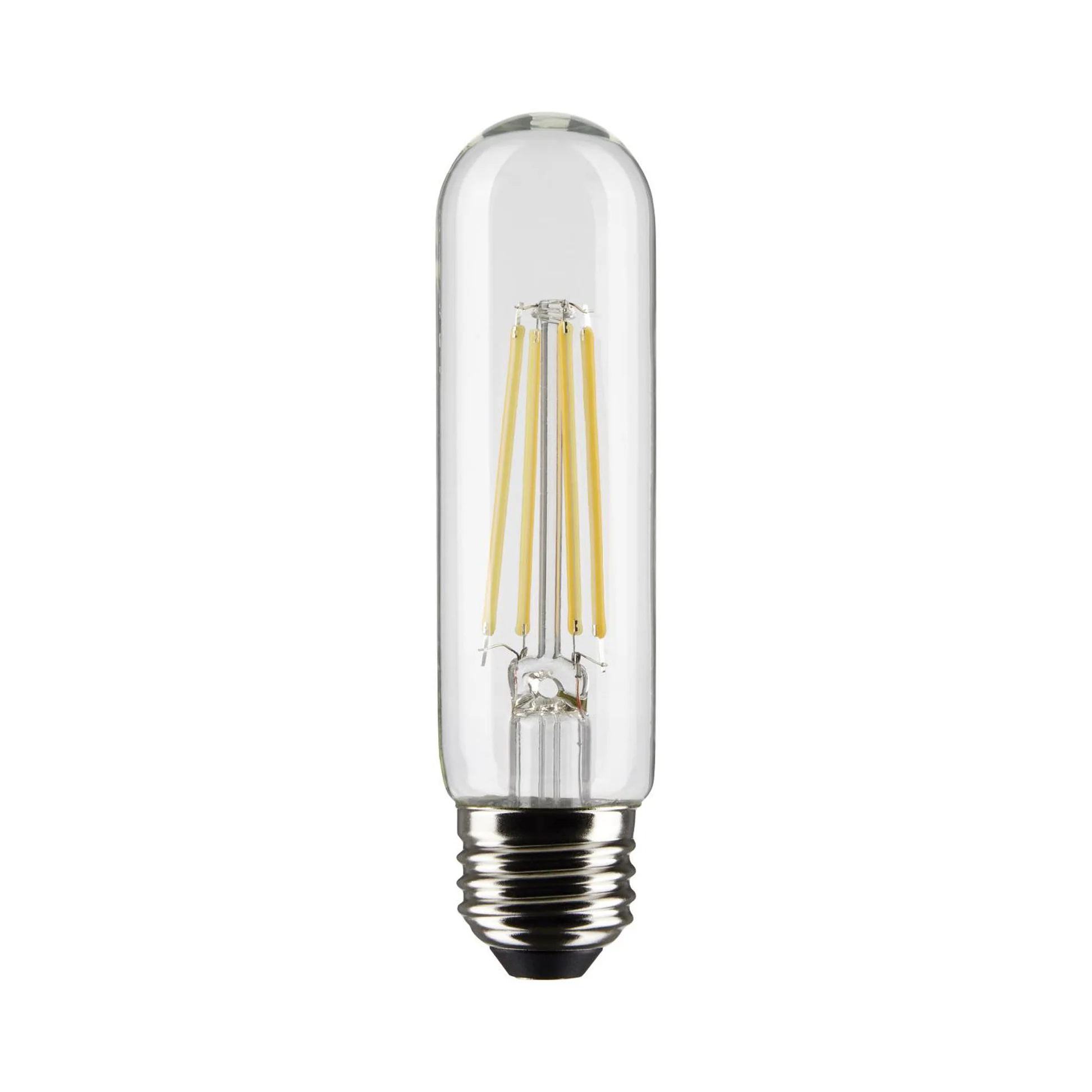
Globe Bulb
What configuration is this?
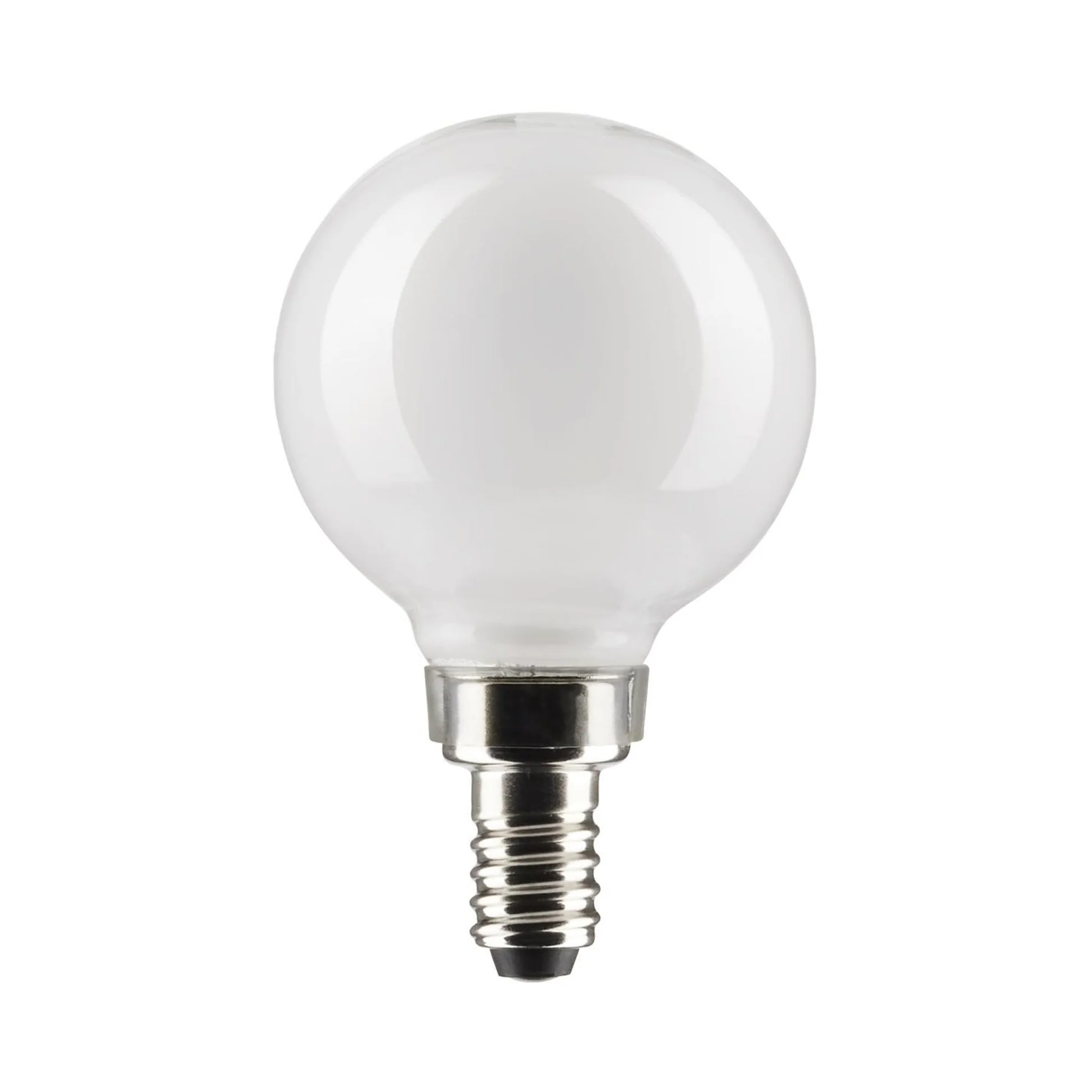
Straight-Side Bulb
What configuration is this?
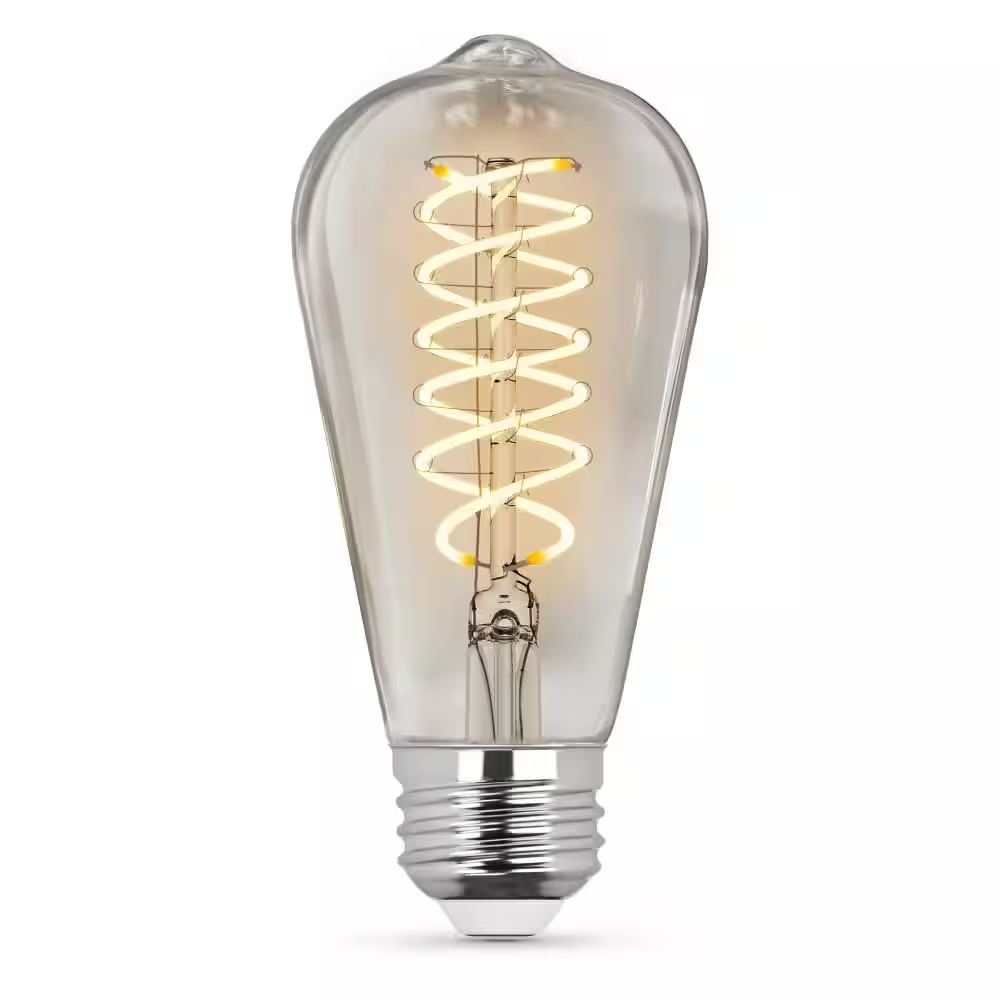
Double Ended T Bulb
What configuration is this?
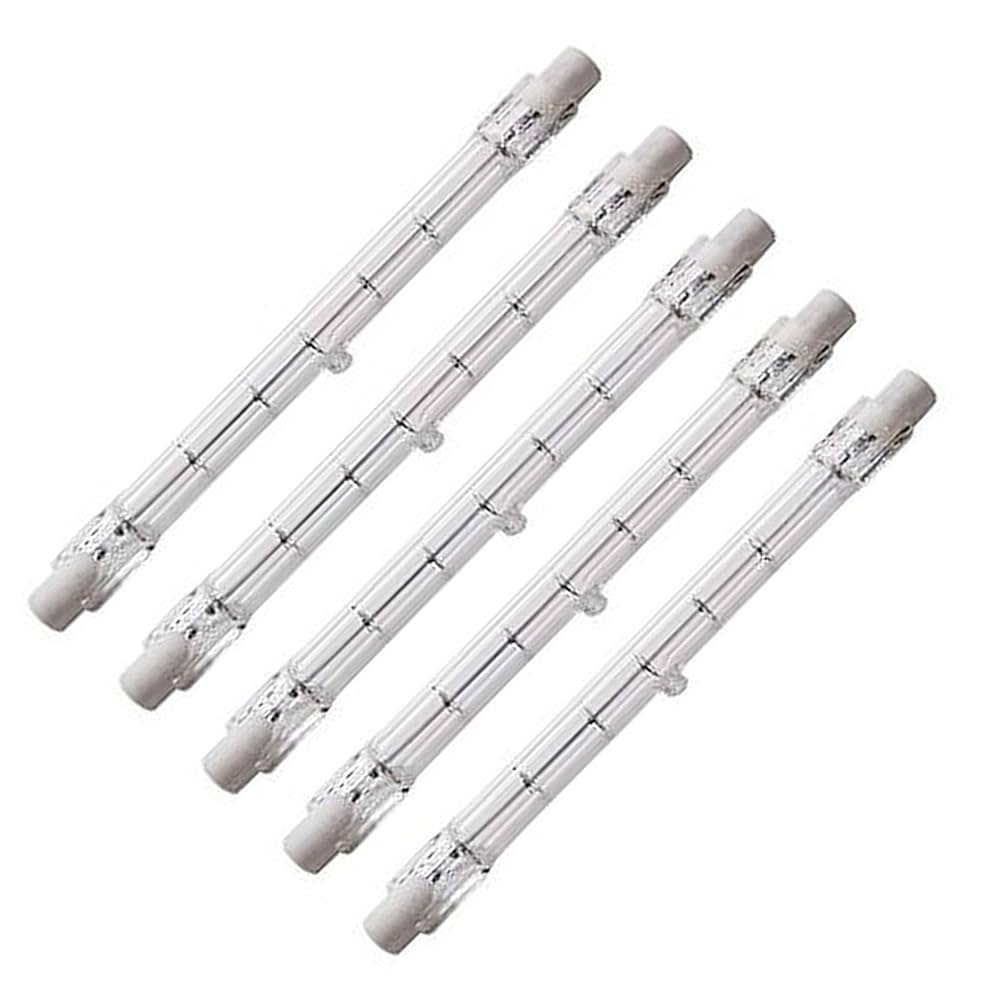
Parabolic Aluminized Reflector
What configuration is this?
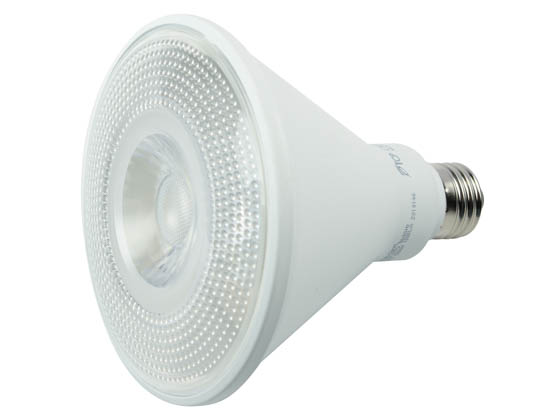
Reflector Lamp
What configuration is this?
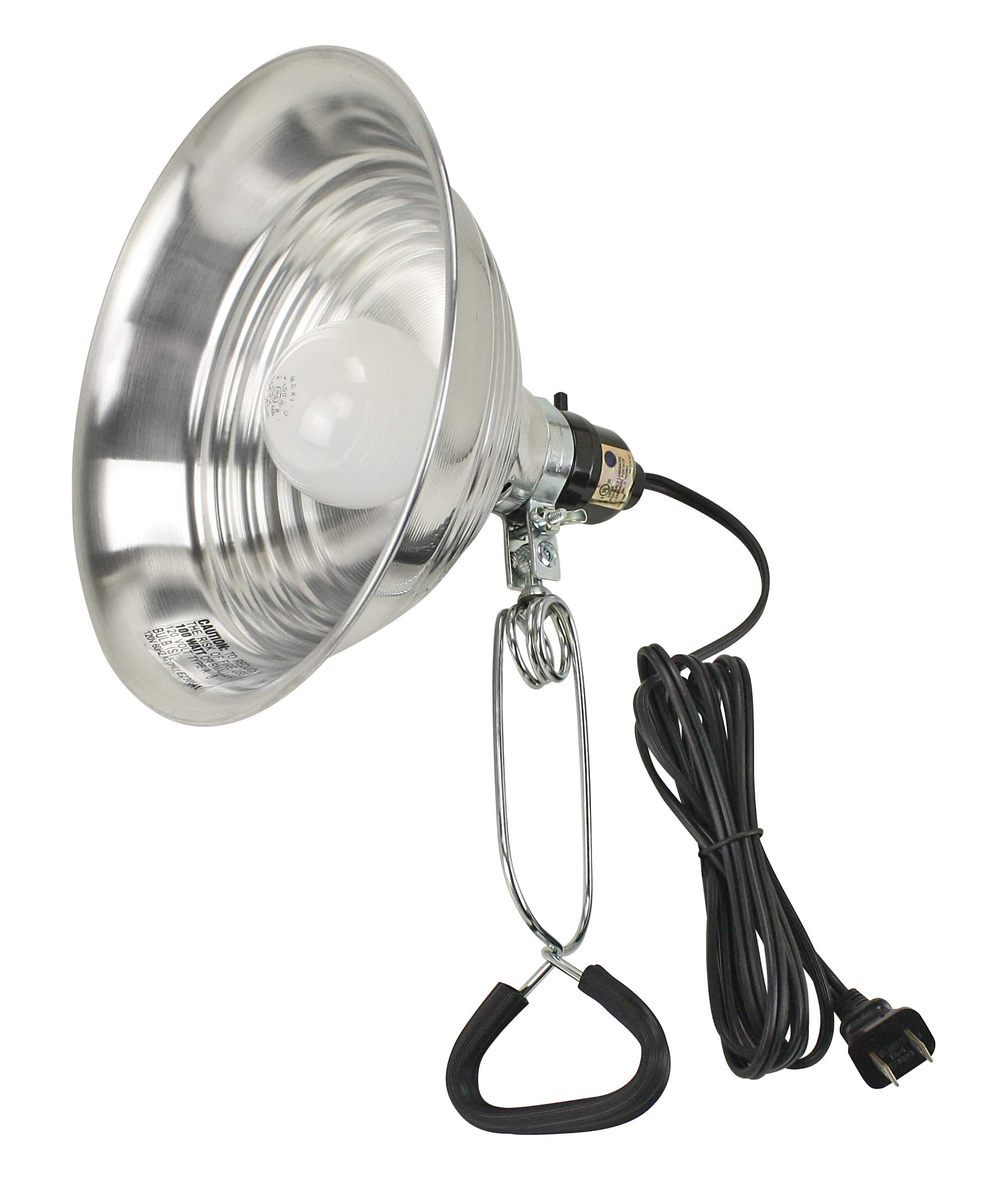
Ballasted Compact Bulb
What configuration is this?
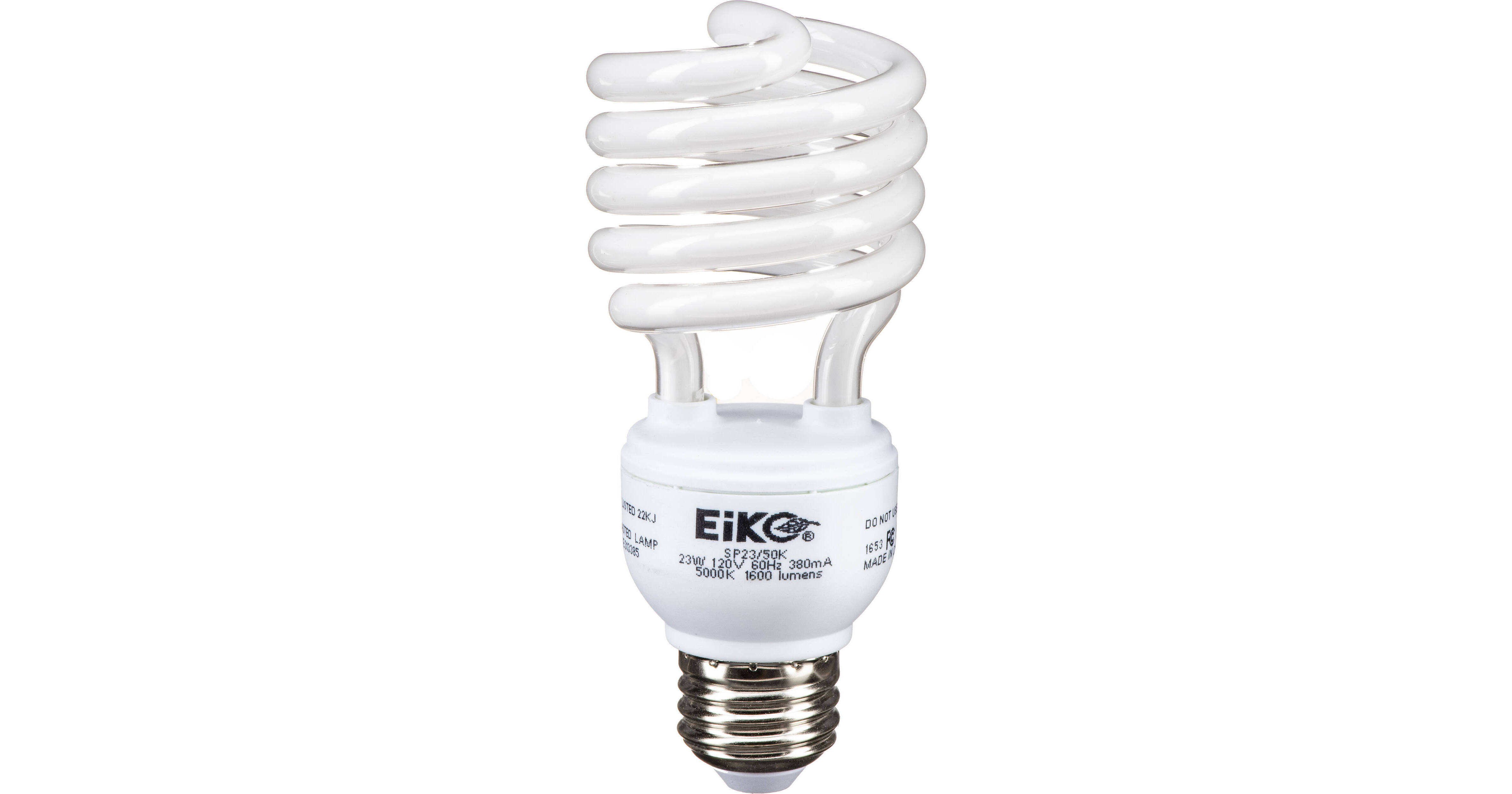
Tubular U-Shaped Bulb
What configuration is this?
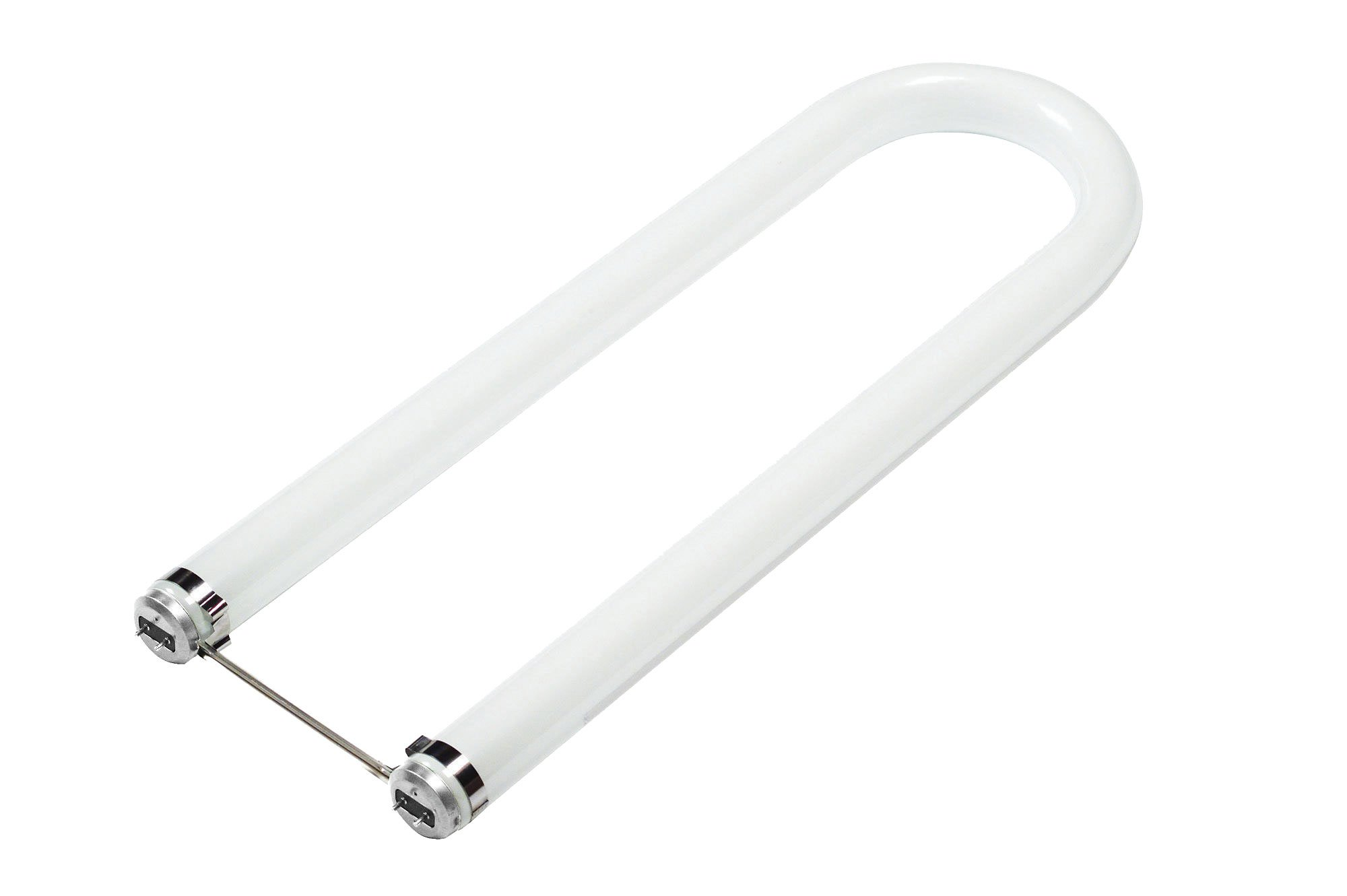
Two Pin Bulb
What configuration is this?
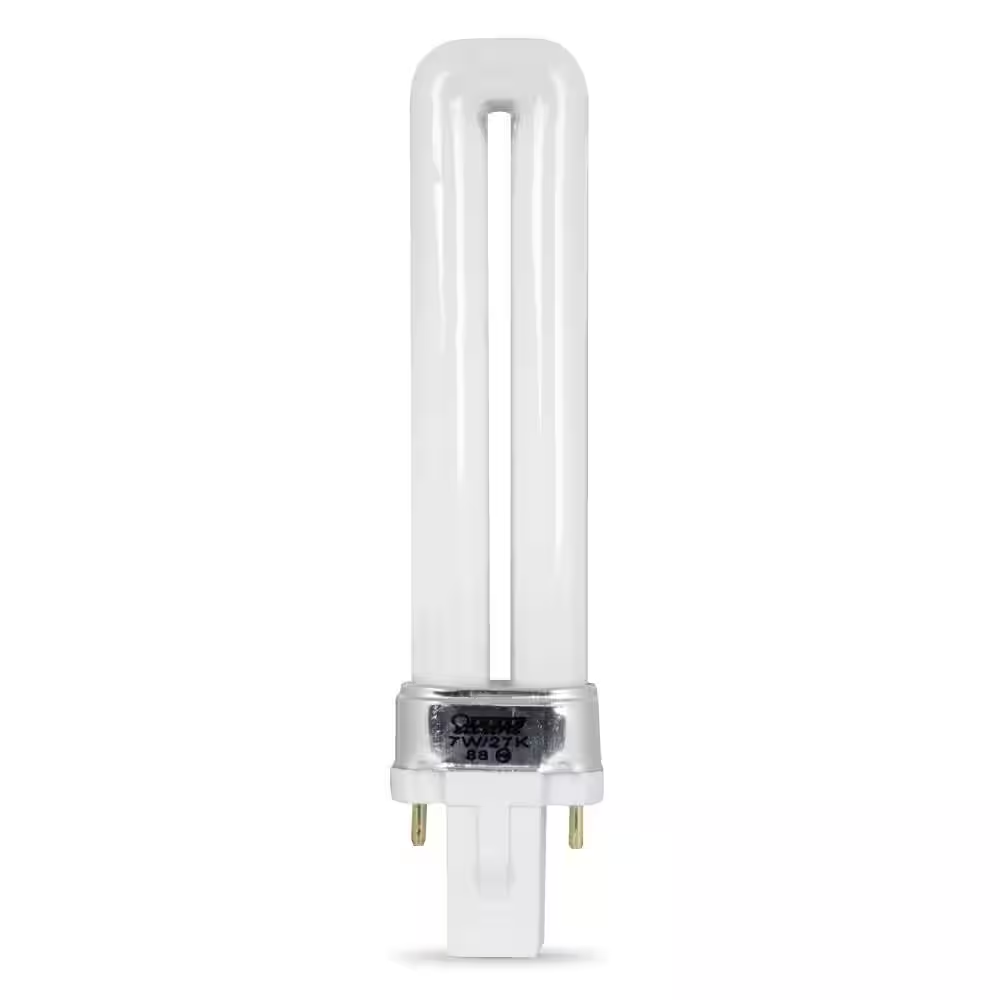
Four Pin Bulb
What configuration is this?
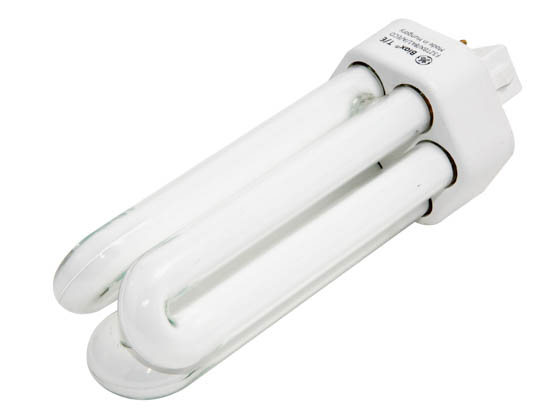
Candelabra
What base is this?
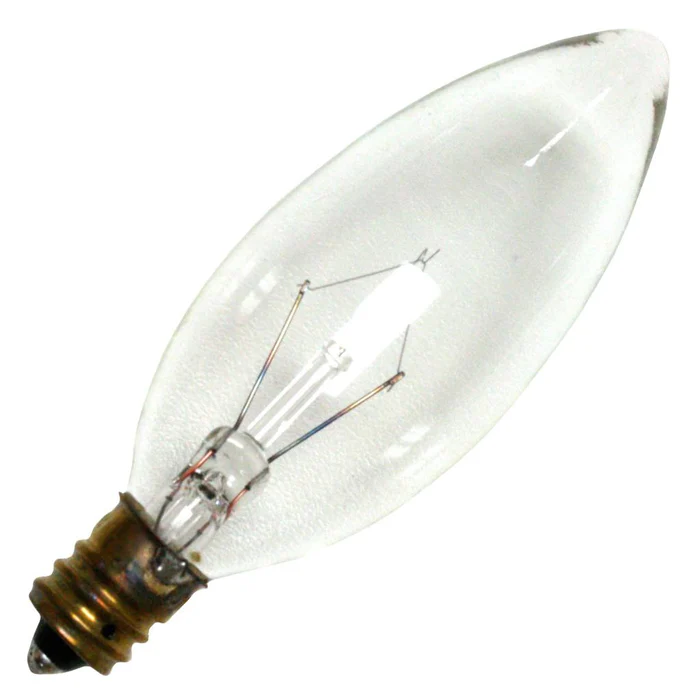
Medium Screw Base
What base is this?
